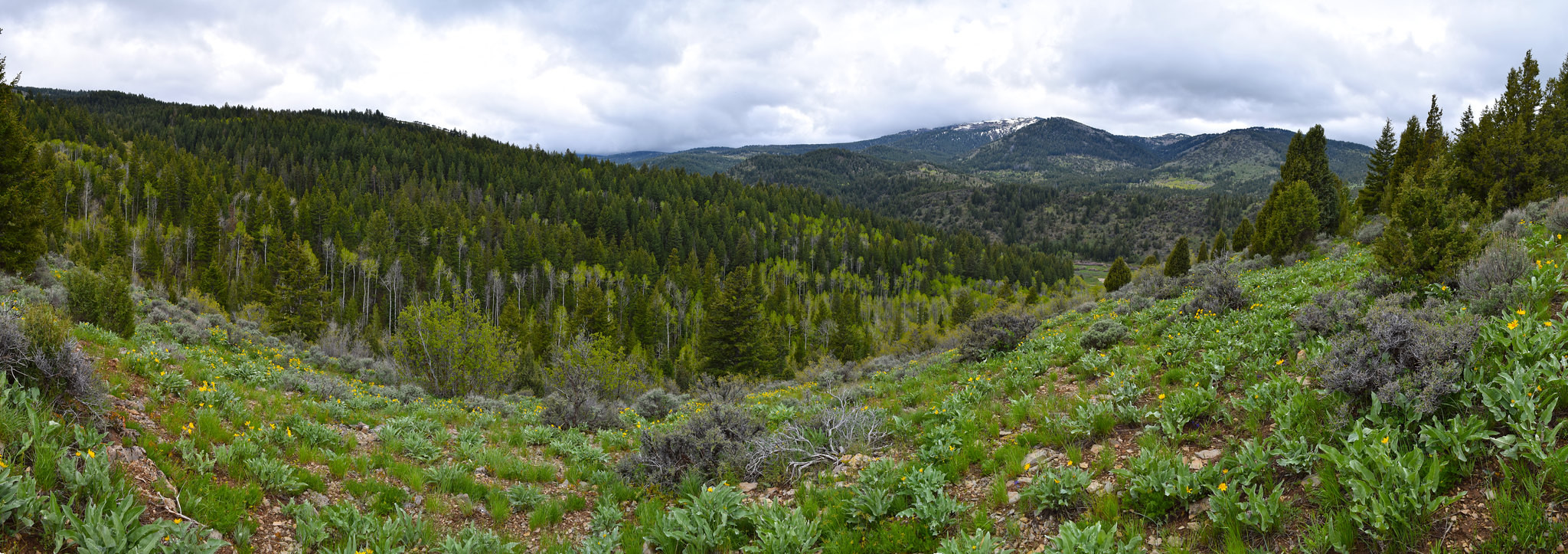Throughout the numerous miles trekked, Marshall and Grayson saw an abundance of wildlife, including mule deer, fish, and a dead moose. They spotted some mountain goats on a ridge and pulled out their Gold Ring spotting scope to watch them navigate the rocky terrain and cliff edges. The guys even managed to harvest a pine chicken with their bow for dinner later that night.
“Remember to be a good steward of the land, respect others, respect wildlife, respect trails, and do your part by joining a local conservation group or by picking up a piece of trash. Our public lands are in our hands and we’ve got to protect them,” says Marshall, emphasizing the importance of celebrating our public lands by using them and by protecting them for future generations.





